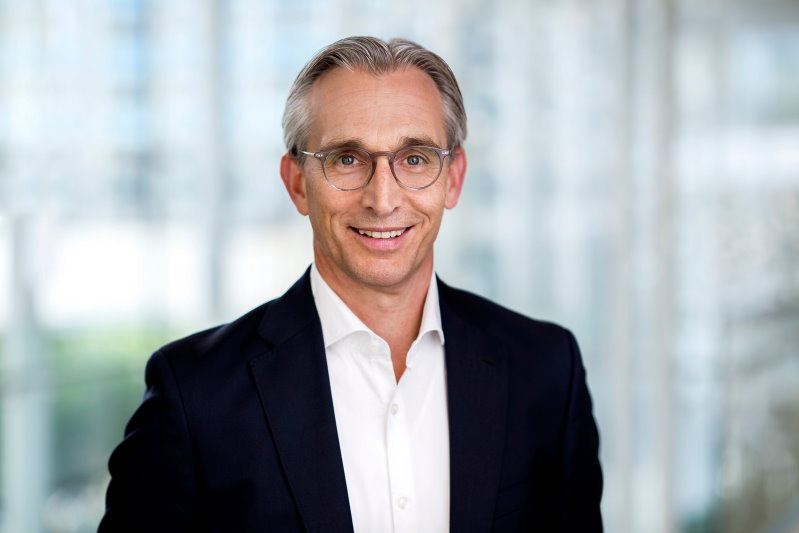The new CEO needs to tread lightly as he tries to “secure the future of Philips.” There are no more fallback options.
“Philips is a toxic snack,” Peter de Waard observed in De Volkskrant (link in Dutch). No matter how appetizing the company may seem, having lost around 70 percent of its market value over the past year, even vultures think twice before gorging on the ailing medical equipment manufacturer as long as the extent of the damage claims for potentially toxic respiratory gear is unknown.
This buys freshly installed CEO Roy Jakobs time. In office since 15 October, he’s made it abundantly clear that he intends to orchestrate a turnaround. “We must act to secure the future of Philips,” Jakobs said at the presentation of the third-quarter results, which saw comparable sales drop 5 percent quarter-on-quarter and a net loss of 1.3 billion euros mainly due to a write-down related to a massive sleep machine recall. Philips’ performance is also impacted by operational and supply chain challenges, inflation, continuing Covid-related restrictions in China and the war in Ukraine.
“It’s a very serious situation. We need to acknowledge this reality. We’re in a crisis and we can’t keep doing what we’re doing,” Jakobs told Eindhovens Dagblad (link in Dutch). Until very recently, management had been carefully avoiding the term “crisis.” It will be Philips’ first major one as a singly-focused company – no other divisions to lean on in difficult times, no more activities to sell.

Helium-free
Jakobs’ first move is a reorganization. Targeting annual savings of 300 million euros, Philips announced 4,000 layoffs worldwide, about 5 percent of the workforce. About 800 of the dismissals will land in the Netherlands, affecting primarily office functions.
That would suggest R&D will be spared, but that doesn’t mean it won’t see course changes. Jakobs wants to increase R&D efficiency and reduce absolute spending by shifting focus to a smaller number of larger projects that have the best growth potential. “We’re focusing now on fewer innovations that we can scale to a bigger size, but also ensure that we do it at the right quality norm,” Jakobs told investors during the Q3 earnings call.
“We’re doubling down on, for example, the helium-free next-generation MRI, informatics, but also our patient monitoring solutions,” he added. “We’re not slowing down, we want to accelerate the ones that we have in the pipeline where we see the better prospect and the better return profile.”
Answering e-mailed questions from Bits&Chips, a Philips spokesperson didn’t clarify the impact on R&D projects and personnel in Best. The company incurred a 168-million-euro non-cash charge last quarter as a result of discontinued innovation projects worldwide.
Vultures
Jakobs will present the details of the reorganization in January, at the publication of the fourth-quarter and full-year results. He doesn’t rule out the possibility of even deeper cuts. He’ll have to be very careful. Drastic measures may be needed for Philips to weather this storm, but cutting too deep runs the risk of harming growth potential when the skies have cleared. Meanwhile, vultures will continue circling the company for years to come.
Main image credit: Philips




